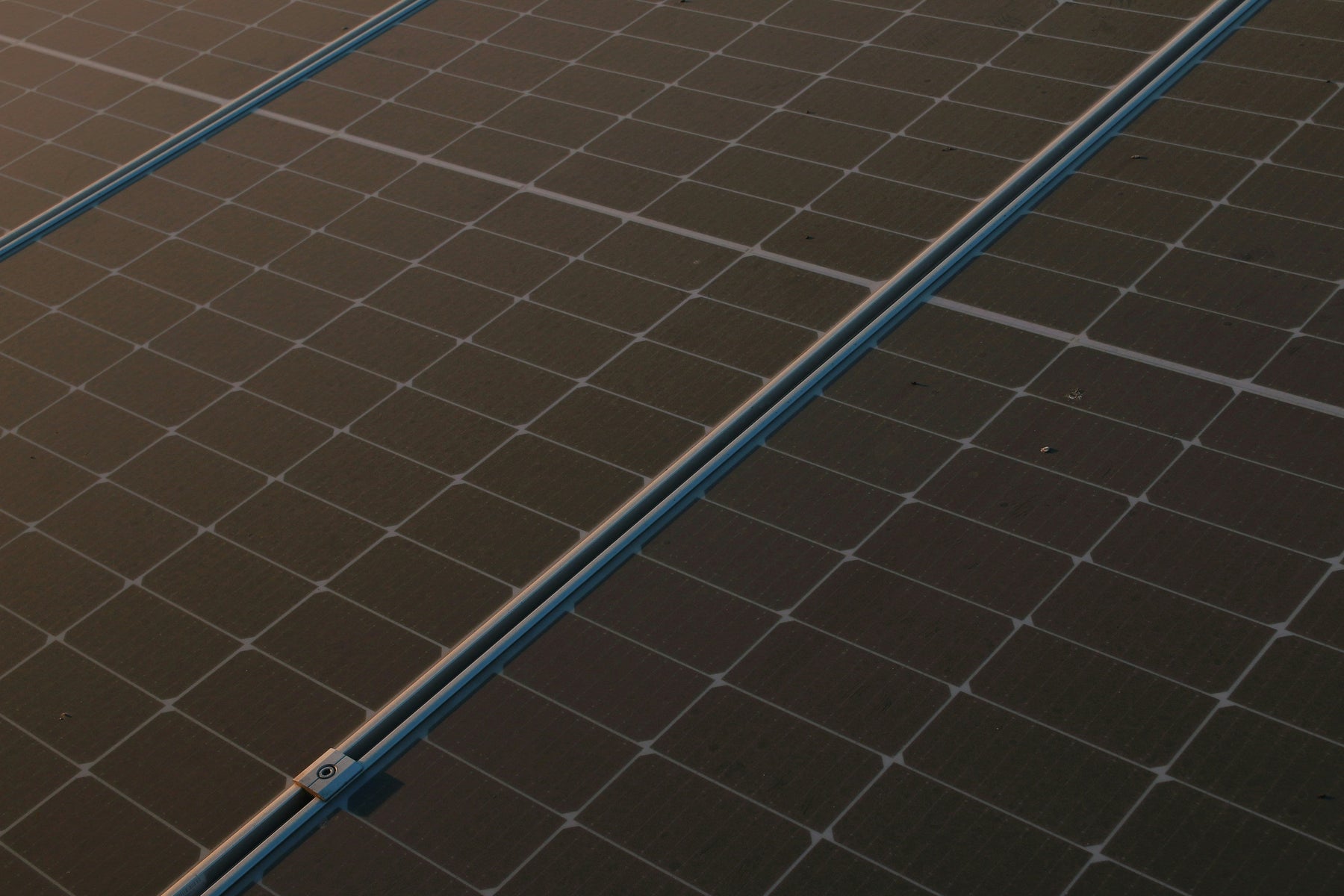
What is Parallel Connection in Solar? The Quick Guide
Parallel connection in solar is all about teamwork. Instead of panels working one after the other, each panel connects directly to the system, sharing the load equally.
This setup helps keep power flowing even if one panel underperforms, making it a smart choice for homes with shade or mixed panel conditions.
What is a parallel connection in solar?
It’s when each solar panel connects directly to the system, keeping voltage steady and power flowing even if one panel underperforms.
Key Takeaways
- Parallel connection links each solar panel directly to the system.
- Power stays steady even if one panel underperforms.
- Safer for home systems since voltage remains fixed.
- Easy to expand—just add more panels.
- Requires thicker wires and proper inverter sizing.
- Best for homes, RVs, and setups needing steady output.
Advantages of Parallel Connection

Parallel connection is like giving each solar panel its own lane. If one panel slacks off because of shade or dust, the others still pull their weight. That means your system keeps running steady instead of crashing with one weak link.
Another win? You can start small and scale up later. Adding extra panels is as simple as plugging into the same circuit, no messy rewiring needed. Perfect if you’re expanding your setup on a budget.
Voltage also stays fixed, which makes it safer for your home’s electrical system. You’re boosting overall current instead of stacking risky voltage levels. In short, parallel keeps things balanced, flexible, and resilient – like a solid squad where no one drags the team down.
Disadvantages of Parallel Connection
Parallel setups aren’t flawless. Since voltage stays fixed, you’ll need thicker wires to safely carry the higher current. That means more copper, more cost, and trickier installation.
Another headache? Shading. Even though panels in parallel handle shade better than series, mismatched performance can still mess with efficiency. One weak panel can drag the system a little.
Also, in larger arrays, managing that extra current can push your inverter harder. If it isn’t rated properly, you’ll be dealing with overheating or shorter lifespan. The fix is simple though: size your inverter right and don’t cheap out on wiring.
Would you like me to also write the Advantages of Parallel Connection section in the same style so your article feels balanced?
Parallel vs Series Connection: A Quick Comparison
Think of parallel like running multiple chargers into one phone. Each panel pushes its own current, so even if one slacks off in the shade, the others keep delivering. Voltage stays steady, but you get more amps.
The series is more like Christmas lights from your childhood. Panels stack their voltage, but if one gets blocked, the whole chain feels it. You’ll hit higher voltages but risk performance drops from a single weak link.
So which one’s your move? If you want reliability in patchy sunlight, go parallel. If you’re chasing max voltage for an inverter, series might be your flex. Many setups actually mix both to balance power and stability.
Applications of Parallel Connection in Solar Systems
Parallel connections shine when you need more power without cranking up the voltage. They’re perfect for homes where panels feed into a battery bank or off-grid setup, keeping the lights on even if one panel slacks off.
This setup also suits small businesses and RV owners chasing steady output. In short, it’s the go-to flex when you want reliability, simple scaling, and panels that play nice together without frying your gear.
Common Mistakes to Avoid
One big slip-up is mixing panel types. Keep all panels in your parallel setup the same to avoid uneven output.
Another is skipping proper wiring, loose or mismatched cables waste power and can cause hazards. Lastly, don’t ignore shading.
Even a small shadow can drag down performance, so place panels where they get full, clean sun.
Expert Tips for Setting Up a Parallel Solar Connection

Keep your wire lengths equal, so each panel carries its fair share of current. Use thick cables to cut down resistance and heat.
Always add a fuse or breaker for safety, and double-check polarity before flipping the switch. Small details like these keep your setup smooth, safe, and running at full flex.
Frequently Asked Questions
1. Do parallel connections increase power?
Yep. Connecting panels in parallel keeps the voltage steady but boosts current, which means more usable power for your system.
2. What if one panel underperforms?
No stress. In parallel, a weak panel won’t drag the rest down, so your system keeps running strong.
3. Can I mix panel sizes in parallel?
You can, but it’s smarter to stick with similar panels. That way, performance stays balanced and you don’t waste potential.
Conclusion
Parallel connection in solar keeps your system running even if one panel slacks off. It’s a smart setup if you want steady power without stressing over shade or mismatched panels.
Think of it as your grid’s safety net – reliable, flexible, and ready to back you up when conditions aren’t perfect.

Leave a comment